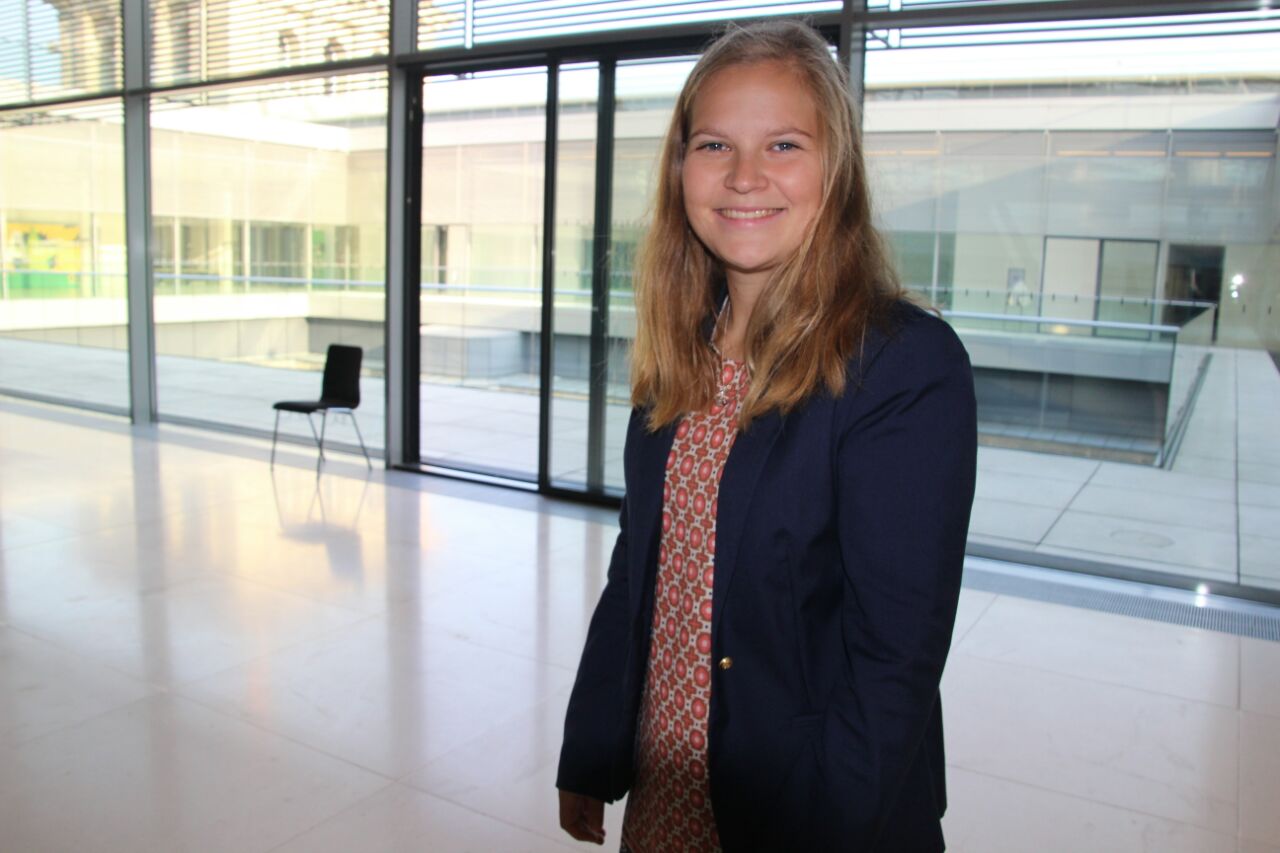Introduction
The institutions of the African human rights system (AHRS) are confronted with massive and systematic human rights violations all over the continent. These include, but are not limited to, the rights of lesbian, gay, bisexual, trans, intersex and queer (LGBTIQ+) persons.[1] The set-up and current realisation of the institutional framework of the AHRS, especially the African Commission on Human and Peoples’ Rights (African Commission), the African Court on Human and Peoples’ Rights (African Court) and the African Committee of Experts on the Rights and Welfare of the Child (African Children’s Committee), are not effective in claiming human rights in the context of the ongoing massive violations.[2]
Most of the shortcomings in addressing human rights violations on the continent can be traced back to general and well-known characteristics of international human rights law (IHRL) institutions, such as seemingly insurmountable distance from local realities and political influence on the institution’s independence.[3] Unlike the normative framework, the institutional framework of the AHRS has not been sufficiently adapted to incorporate African philosophical, cultural, historical and socio-economic realities and mechanisms, but predominantly consists of structures that could be found in any other international or regional human rights regime.[4]
This is one of the key findings of my doctoral research and has led to the realisation that there is a pressing need for a radical institutional reinvention to be more effective in claiming specific rights and, therefore, better addressing and combating against the massive and systematic human rights violations on the continent. Therefore, the question at hand is, how must the institutional framework of the AHRS be designed and implemented to more effectively address the massive and systematic human rights violations? In the following, I will introduce an element that I have not explored in my dissertation: a theoretical endeavour as one aspect of a broader analysis of the possibilities and necessities for institutional reinvention.
Inspiration from transitional justice models
I argue that transitional justice models, such as the Gacaca Courts in Rwanda and the Special Court for Sierra Leone, compel the reimagination of the realisation of local contexts, proximity and collaboration for the institutions of the AHRS.
The Gacaca Courts, also known as community courts, have been established as a “unique experiment in collaborative justice” [5] in response to the genocide in Rwanda in 1994.[6] The traditional legal system for settling disputes was applied to process the massive human rights violations against the Tutsi. Rooted in Rwandan legal culture and adapted to the scale and complexity of the post-genocide context, this approach was characterised by the following key features: community-based, restorative justice, transparency and public participation. The Gacaca Courts are decentralised and operate at the grassroots level within communities, allowing local people to participate in the justice process. They focus on achieving reconciliation and healing within Rwandan society, emphasising the restoration of relationships between perpetrators and victims. The proceedings were conducted openly, allowing community members to witness and participate in the trials. Initially, the approach faced widespread criticism for not meeting international standards, including those for a fair trial, legal representation and impartiality.[7] Nevertheless, it provided a mechanism for the community itself to address the genocide within a reasonable period through its own legal institutions and mechanisms.
In a different context, the Special Court for Sierra Leone serves as an exemplar of a hybrid court, embodying the fusion of national and international judicial approaches as a response to the Sierra Leone Civil War.[8] Hybrid courts integrate what is perceived as the best characteristics of both legal systems, promoting local ownership while ensuring impartiality, independence, and high standards of justice. Situated on-site, the court benefits from local infrastructure, visibility, and accessibility, which contribute to its acceptance by the population. Notably, it operates through a combination of national and international staff and laws, incorporating cultural elements and local priorities into its structure and activities.[9] This approach enables the court to better understand Sierra Leone’s history and societal organisation, which is essential in reconstructing the root causes of the acts of violence and examining the usages and rituals that played a prominent role in the conflict.
Emerging directions for the African human rights system
These two African examples of transitional justice models encourage and urge the reimagination of the institutional framework of the AHRS in entirely new and innovative ways for IHRL towards the realisation of local contexts, proximity and collaboration.
Currently, the institutions of the AHRS are designed to address individual landmark cases, but are not equipped to handle the sheer volume of human rights violations occurring on the ground. In this regard, I propose that to more effectively protect the rights of LGBTIQ+ persons (and others), there is a need for an institutional framework for the AHRS. But what could such a framework, inspired by transitional justice models, look like?
I believe that the current institutional structures must be complemented and advanced by different components. The institutional framework of the AHRS cannot only operate at the regional level, but must assemble a structure that extends across the community, national, subregional, and regional levels to foster accessibility, public participation, cooperation and visibility. This can be achieved by using structures that are already in place, especially the National Human Rights Institutions (NHRIs) and Regional Economic Communities (RECs) and turning them into hybrid institutions.
- At the sub-regional level, the institutions of the RECs build the platform to create or expand the mandate of sub-regional human rights institutions to handle human rights issues specific to each region.[10] These institutions would be responsible for monitoring, reporting, and addressing human rights violations within their respective regions. A key requirement for such a framework – currently lacking – is that the REC institutions must operate in close and reciprocal cooperation with the regional institutions. The REC Courts would have jurisdiction over cases arising from their regions, making justice more accessible to local populations and would at the same time serve as instances of appeal.
- At the national level, the NHRIs shall build the basis for local human rights offices with branches in major cities and rural areas, providing direct access to the promotional and protective mandates of the AHRS. In relation to the promotional mandate, these offices would build on their already existing roles – which currently vary in intensity across different countries – and would also serve as the first point of contact for victims of human rights violations. In this capacity, they provide legal assistance, counselling, and engage in advocacy efforts. The realisation of the protective mandate of the AHRS through NHRIs that are responsive to local socio-economic and cultural contexts could take various forms: For example, the African Commission could appoint country-specific commissioners acting as single judges or operate within hybrid institutions alongside local actors. These roles could be designed as part-time positions to ensure the recruitment of a sufficient number of commissioners across the continent.
- At the community level, measures must necessarily align with and complement national structures. Community justice initiatives offer an opportunity to integrate traditional and community-based justice mechanisms for resolving disputes and addressing human rights concerns. This could include training of and exchange initiatives with local leaders and community groups committed to human rights principles and practices. Further, dedicated committees could be established at the community level to monitor and report human rights violations, as well as to raise awareness and promote dialogue on human rights issues.
Ultimately, at the forefront of what matters in institutional restructuring toward a decentralised/devolved framework is the practicability and adaptability of the proposed measures to the specific circumstances on the ground.
Conclusion
While scholars have already explored the limitations of transitional justice mechanisms for LGBTIQ+ victims in other contexts,[11] and my reflections at this stage remain rather preliminary, I maintain that examining these frameworks can still offer valuable insights. Such an investigation may help us reimagine – and thereby improve – the current institutional structures of the AHRS. By engaging with these elements, it becomes possible to envision a more decentralised institutional framework – one that is more responsive, effective, and attuned to the local realities and diverse needs of populations across the continent. One question, among many, that remains to be addressed in further research is how to define the relationship between these institutional layers, clarify their respective responsibilities, and determine questions of hierarchy and authority.
[1] Adrian Jjuuko, ‘The protection and promotion of LGBTI rights in the African regional human rights system: opportunities and challenges’ in Sylvie Namwase and Adrian Jjuuko (eds), Protecting the human rights of sexual minorities in contemporary Africa (Pretoria University Law Press 2017), 263.
[2] Isabelle Zundel, Claiming SOGIESC rights through the African human rights system: Analysis of normative, institutional and procedural frameworks based on the example of sexual orientation, <https://epub.uni-bayreuth.de/id/eprint/8424/> (Epub 2025), 121 et seqq.
[3] See in the African context, Mariam Kamunyu, ‘Exploring the Impact of State Behaviour on the African Commission’s Autonomy’ (2021) <https://achprindependence.org/exploring-the-impact-of-state-behaviour-on-the-african-commis-sions-autonomy/> accessed 19 May 2025.
[4] Isabelle Zundel, Claiming SOGIESC rights through the African human rights system: Analysis of normative, institutional and procedural frameworks based on the example of sexual orientation, <https://epub.uni-bayreuth.de/id/eprint/8424/> (Epub 2025), 156.
[5] Homa Khaleeli, ‘Rwanda’s community courts: a unique experiment in justice’ The Guardian (11 January 2010) <https://www.theguardian.com/world/2010/jan/11/rwanda-gacaca-courts> accessed 19 May 2025.
[6] Read more about the Rwandan genocide with a focus on media in Allan Thompson, The Media and the Rwanda Genocide (IDRC 2007).
[7] See discussion in detail in Phil Clark, The Gacaca Courts, Post Genocide Justice and Reconciliation in Rwanda – Justice without Lawyers (Cambridge University Press, 2010).
[8] Other examples are Special Panels for Serious Crimes in East Timor, the Special Tribunal for Lebanon and the Extraordinary Chambers in the Courts of Cambodia.
[9] Tim Kelsall, Culture under Cross-Examination: International Justice and the Special Court for Sierra Leone (Cambridge University Press, 2009), 31.
[10] Currently, the scope of human rights mandates varies significantly across the different RECs.
[11] José Elías Turizo Vanegas, et al. ‘Being normal doesn’t come easy to me: queering transitional justice mechanisms to enable justice-delivery for LGBTIQ+ persons.’ Revista Ius Género América Latina 3.2 (2025).

